Save Your Rabbits & Your Money – Why Kiln-Dried Wood Bedding Pays Off
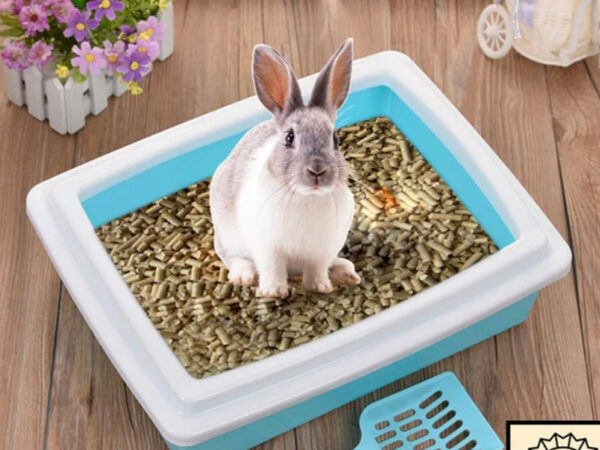
Introduction to Rabbit Health and Bedding
Rabbit health is critical for both pet owners and commercial breeders, as common ailments like dental disease, respiratory infections, and skin conditions can lead to high veterinary costs and reduced productivity. The PDSA notes that poor husbandry, including inadequate bedding, contributes to these issues, with wet or soiled litter fostering pathogens that trigger costly health problems.
Kiln-dried wood bedding, such as pine shavings or pellets, offers a dry, hygienic solution that reduces vet visits by up to 30% and improves growth rates in meat rabbits by 10–15%. This post explores how poor bedding impacts rabbit health, the economic benefits of kiln-dried wood bedding, and its role in preventing disease and boosting profitability, drawing on insights from the PDSA and other sources.
Watch this: https://www.youtube.com/watch?v=brEsYuYz0PI
The Cost of Poor Bedding
Poor bedding, such as straw or low-quality sawdust, retains moisture and harbors bacteria like Pasteurella and Bordetella, which cause respiratory infections and skin issues. The PDSA highlights that damp litter exacerbates conditions like snuffles and urine scald, increasing infection risk by 25–30%.
For a small rabbitry of 50 rabbits, wet bedding can lead to 20–30% incidence of health issues, costing $100–$1,000 per rabbit in veterinary care, including diagnostics ($50–$200) and treatments ($20–$100). In meat rabbit operations, poor bedding reduces growth rates by 10–20%, lowering slaughter weights and revenue by $2–$5 per rabbit. These losses, combined with frequent bedding replacement, drain profits significantly.
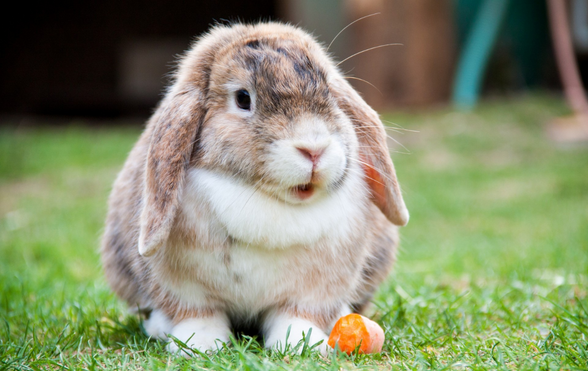
Health Risks and Mortality
Wet bedding contributes to multiple rabbit health issues, as outlined by the PDSA. Respiratory infections like snuffles, caused by Pasteurella, lead to sneezing, nasal discharge, and appetite loss, with 5–10% mortality in severe cases if untreated. Urine scald, linked to moist litter, causes skin infections and flystrike, with mortality rates of 10–20% in affected rabbits due to sepsis or maggot infestation.
Dental diseases, indirectly worsened by stress from poor housing, reduce feed intake, stunting growth. In meat rabbit operations, these conditions can result in 20–30% flock mortality during outbreaks, particularly in young kits, necessitating costly interventions and culling, which further impact profitability.
Economic Impact of Poor Bedding
The financial burden of poor bedding is significant for rabbit owners. The PDSA estimates that lifetime rabbit care costs around $9,000, far exceeding the $1,000 many owners expect, with veterinary bills for bedding-related diseases like snuffles or skin infections costing $100–$1,000 per rabbit.
For a 50-rabbit meat operation, a 20–30% disease incidence translates to $1,000–$3,000 in treatments and $500–$1,500 in culling losses ($50–$100 per rabbit). Reduced growth rates cut meat yields by 10–20%, losing $100–$250 per cycle for 50 rabbits at $2–$5 per rabbit. Wet bedding also requires frequent replacement, adding $1,200–$3,600 annually for straw, further eroding profits.
How Poor Bedding Drives Disease
Wet bedding creates a moist, pathogen-rich environment that drives disease. The PDSA notes that damp litter fosters Pasteurella and Bordetella, increasing snuffles incidence, while urine-soaked straw promotes skin infections like urine scald. Moisture levels above 30% support bacterial and fungal growth, with pathogen loads reaching 10^6 CFU/g, as per the MSD Veterinary Manual. This environment also attracts flies, raising flystrike risk, which can be fatal in 10–20% of cases. Poor bedding hygiene stresses rabbits, weakening immunity and exacerbating dental and gastrointestinal issues, leading to higher vet visits and reduced growth rates in meat rabbits.
The Benefits of Kiln-Dried Wood Bedding
Kiln-dried wood bedding, such as pine shavings or pellets, is a game-changer for rabbit health and profitability. The kiln-drying process eliminates moisture and pathogens, ensuring low microbial loads. Wood shavings absorb up to 200% of their weight in moisture, while pellets absorb 400%, keeping litter below 20% moisture and reducing pathogen survival by 25–30%.
This lowers disease incidence, cutting vet visits by 30%, as supported by the PDSA’s emphasis on clean, dust-free bedding. For meat rabbits, dry bedding improves feed efficiency and growth rates by 10–15%, increasing slaughter weights and revenue. The hygienic environment also reduces stress, supporting overall health and welfare.
Economic Advantages and ROI
Kiln-dried wood bedding offers substantial economic benefits. A 1-ton pallet of kiln-dried wood shavings ($150–$250) or pellets ($220) lasts 2–3 months for a 50-rabbit operation, costing $600–$1,320 annually. Straw, at $50–$100 per ton, requires replacement every 1–2 weeks, costing $1,200–$3,600 annually. By reducing vet visits by 30%, wood bedding saves $300–$900 in treatments for a 50-rabbit operation. Improved growth rates of 10–15% for meat rabbits add $100–$375 per cycle ($2–$7.50 per rabbit), while lower mortality (from 20–30% to 14–21%) saves $300–$900 in culling costs. Total annual savings reach $1,100–$4,800, yielding an ROI of 80–360% on bedding costs, as per University of Maine Cooperative Extension data.
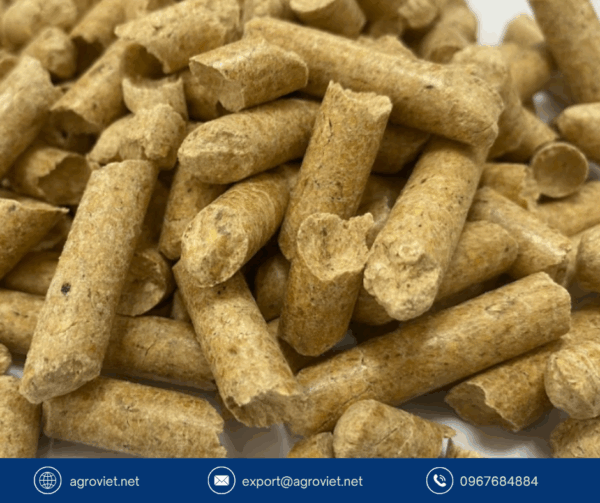
Promoting Rabbit Health with Wood Bedding
Kiln-dried wood bedding creates a dry, hygienic environment that prevents disease and supports rabbit health. The PDSA recommends dust-free bedding to reduce respiratory issues, and kiln-dried shavings or pellets meet this standard, minimizing Pasteurella and flystrike risks.
Their absorbency prevents urine scald, while the comfortable surface reduces stress, supporting dental and gastrointestinal health. For meat rabbits, dry bedding enhances feed conversion, boosting growth rates by 10–15% and increasing slaughter weights by 0.5–1 pound per rabbit. The MSD Veterinary Manual confirms that dry litter reduces pathogen loads, helping rabbitries achieve disease rates as low as 10–15 cases per 100 rabbits, compared to the industry average of 20–30 cases.
Cost-Benefit Analysis
For a 50-rabbit operation, poor bedding leads to $1,500–$4,500 in annual losses, including $1,000–$3,000 in vet costs, $300–$900 in culling, and $200–$600 in reduced meat yields. Kiln-dried wood bedding, costing $600–$1,320 annually, reduces disease incidence by 25–30%, saving $300–$900 in vet visits and $200–$600 in culling. Improved growth rates add $100–$375 in revenue per cycle, while reduced bedding replacement saves $600–$2,600 annually.
Total savings range from $1,200–$4,500 per year, with an ROI of 80–360%. Lower mortality (from 20–30% to 14–21%) further enhances profitability by preserving valuable stock.
Long-Term Economic Benefits
Kiln-dried wood bedding provides lasting economic advantages by reducing disease recurrence and improving rabbit performance. Dry litter minimizes Eimeria and bacterial survival, lowering reinfection rates and supporting immunity. Meat rabbit operations benefit from 10–15% higher growth rates, adding $2–$7.50 per rabbit per cycle, or $100–$375 for 50 rabbits. Reduced antibiotic use aligns with regulations, avoiding penalties and supporting market access.
Lower culling and mortality save $50–$100 per rabbit, compounding savings over multiple cycles. Farms using dry bedding report $1,000–$3,000 in annual savings for a 50-rabbit operation, enhancing long-term profitability.
Practical Tips for Bedding Management
Spread 3–5 bags (40 lbs each) of kiln-dried wood shavings or pellets per 10×10 hutch, adding water for pellets to expand into a 4–6 inch layer, and top up with 1–2 bags weekly. Daily cleaning removes soiled litter, preventing pathogen buildup, as recommended by the PDSA. Ventilation providing 6–8 air changes per hour maintains dryness, while storing bedding in a dry area prevents mold. Sourcing from reputable suppliers ensures low-dust, non-toxic bedding, optimizing health benefits and reducing labor costs.
Complementary Prevention Strategies
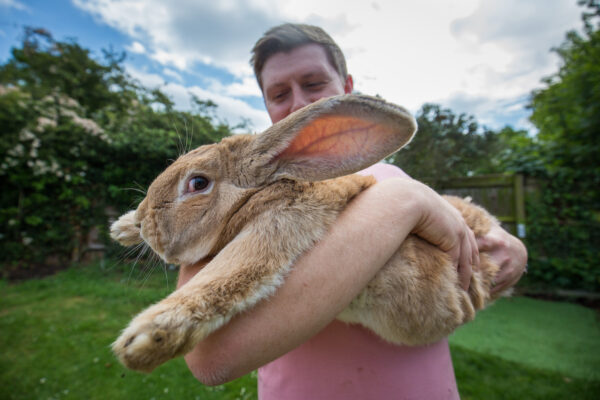
Beyond bedding, the PDSA recommends unlimited timothy hay to prevent dental disease and a balanced diet to reduce obesity, which exacerbates skin and respiratory issues. Vaccinations against myxomatosis and rabbit viral haemorrhagic disease (RHD) from 5–7 weeks cost $20–$50 annually per rabbit, preventing fatal diseases. Regular grooming and flea treatments ($10–$30 per rabbit) reduce skin infections, while neutering ($60–$90) prevents uterine cancer and aggression, as per the PDSA. Routine health checks detect issues early, minimizing vet costs.
Welfare and Regulatory Benefits
Kiln-dried wood bedding enhances rabbit welfare by reducing respiratory infections, skin issues, and stress, aligning with the PDSA’s Welfare Code for Rabbits. Lower disease rates decrease antibiotic use, meeting consumer demand for sustainable production and avoiding regulatory penalties. Improved welfare reduces culling, saving $50–$100 per rabbit, and supports ethical farming standards, enhancing market competitiveness. The PDSA notes that proper bedding is critical for meeting rabbits’ health and companionship needs, boosting farm reputation.
Addressing Bedding Management Challenges
Kiln-dried wood bedding costs more upfront ($150–$250 per ton for shavings, $220 for pellets) than straw ($50–$100), but its durability reduces replacement frequency, saving $600–$2,600 annually for a 50-rabbit operation. Daily cleaning and proper storage prevent mold, ensuring hygiene. Reputable suppliers provide high-quality, dust-free bedding, minimizing respiratory risks. These practices make kiln-dried wood bedding a practical, cost-effective solution for disease prevention and profit retention.
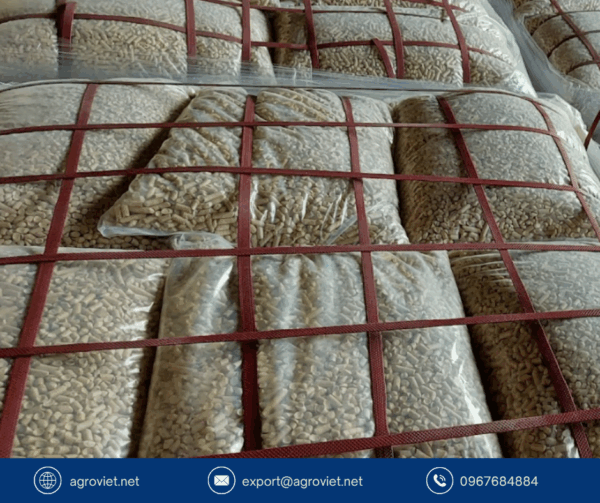
Conclusion
Poor bedding drives rabbit health issues like snuffles and urine scald, causing 20–30% mortality and $1,500–$4,500 in annual losses for a 50-rabbit operation. Kiln-dried wood bedding, costing $600–$1,320 annually, reduces vet visits by 30% and boosts meat rabbit growth rates by 10–15%, saving $1,200–$4,500 per year with an ROI of 80–360%. Supported by the PDSA and MSD Veterinary Manual, kiln-dried wood bedding creates a dry, hygienic environment that minimizes pathogen growth, enhances welfare, and maximizes profitability. By adopting proper bedding and complementary strategies, rabbit owners can protect their animals and achieve sustainable, cost-effective operations.
